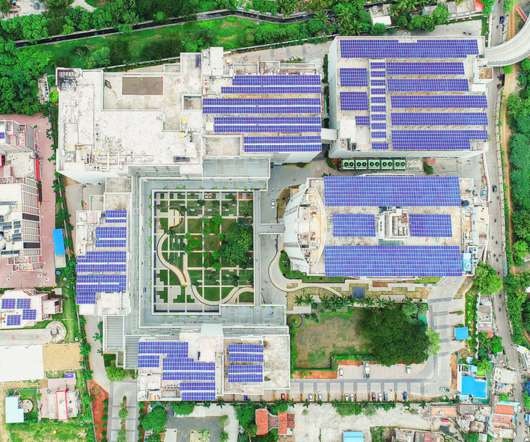I’ve Done The Math – Now I’m Doing Something About It
Creative Greenius
OCTOBER 18, 2013
Bill McKibben’s “Do The Math” article in 2012′s Rolling Stone magazine taught us that we cannot burn any more than 565 gigatons of carbon if we want to stay at 2° or lower. But our friends in the oil, coal and gas industry have 5,795 gigatons of carbon on the books.























Let's personalize your content